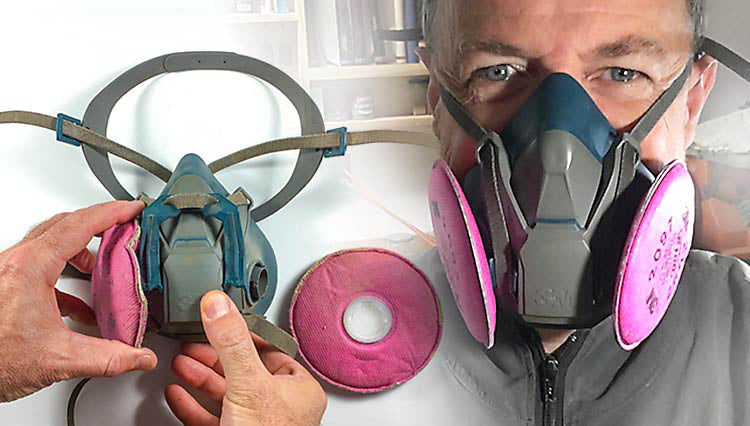When to Change Your Respirator Filters or Cartridges
The general rule for filter replacement is to leave the contaminated area and dispose of the filter if it becomes damaged, soiled, or breathing becomes difficult. Even if none of these things happen, it's recommended to dispose of filters after 40 hours of use or 30 days, whichever comes first.
If you smell fumes or start tasting dirt through your mask, either your filter or cartridge has been degraded, it has a hole, or your mask is not fitting properly. Either way, leave the dangerous atmosphere to fix the mask or replace the cartridges and/or filters.
Did you know that OSHA now requires employers to provide a respirator cartridge change schedule?
Here are three ways to estimate a cartridge's service life:
1. Experimental Tests. Locate a local certified analytical laboratory and have them test the cartridges along with the maximum relative humidity of the work environment. The lab will be able to determine how long it takes for the specific chemicals on your site to break through the cartridge. This will allow your company to make a very precise schedule for replacing spent cartridges.
2. Manufacturer Recommendations. Nobody is going to know the products better than the manufacturer. By contacting the company who produces them you may be able to get data related about how their cartridges react to the chemicals on your site. However, the specific information they provide may not match all aspects of your job site and therefore would create a less accurate estimation of cartridge life than experimental testing.
3. Math Model. This is inexpensive and relatively quick. OSHA has an Advisor Genius that calculates the estimated contaminant breakthrough time for an activated carbon respirator cartridge taking into consideration physical and environmental factors as well as temperatures.
The down-side to this is that, again, it's not as accurate as experimental testing and may therefore result in answers that reflect shorter periods than actually needed because the Advisor Genius uses very conservative parameters for the equation.

